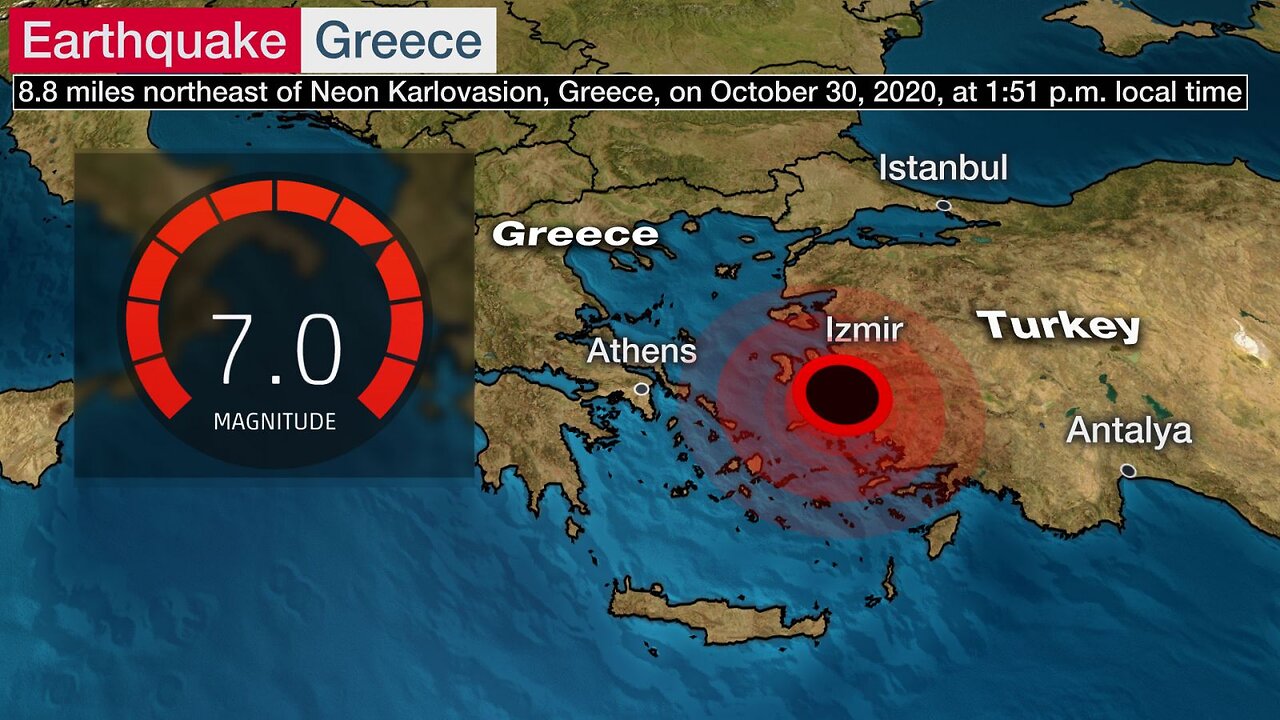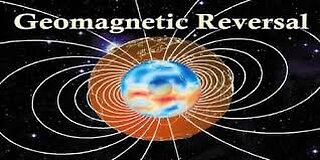Premium Only Content

Updates on Earthquakes for Feb 6th Feb 12th and Updates on the Channel
Huatulco Food Bank
https://www.paypal.me/rlclearwater
Mexico's poverty rate declines from 50% to 43.5% in four years as remittances almost double. MEXICO CITY The poverty rate in Mexico has declined from 49.9% of the population in 2018 to 43.5% in 2022, according to a study published Thursday by the country's poverty analysis agency.
James Wright
PO Box 795 PIE TOWN NM 87827
EMAIL deeptruthdeepimpact@yahoo.com
Telegram it's a great place to meet and put up your links, that you consider is very important and basically to touch base with the family over there so many are doing great work on Telegram with the links
FINE TELEGRAM
Earth Changes News Channel 🌎 Chat Room
THE NEW LINK https://t.me/+9phDoj65mORjMjlh
Tectonic setting and earthquakes
Greece is located at the complex boundary zone in the eastern Mediterranean between the African plate and the Eurasian plate. The northern part of Greece lies on the Eurasian plate while the southern part lies on the Aegean Sea plate.
The Aegean Sea plate is moving southwestward with respect to the Eurasian plate at about 30 mm/yr while the African plate is subducting northwards beneath the Aegean Sea plate at a rate of about 40 mm/yr.
The northern plate boundary is a relatively diffuse divergent boundary while the southern convergent boundary forms the Hellenic
These two plate boundaries give rise to two contrasting tectonic styles, extension on east–west trending fault zones with strike-slip tectonics on SW-NE trending fault zones throughout west and central Greece, Peloponnese and the northern Aegean and contractional in the southern Aegean, continuing around to the Ionian Islands.
The south Aegean is the location of the volcanic arc and is characterized by extension. To the east of Crete along the Hellenic Arc, strike-slip tectonics with some extension become important.
The strongest earthquakes historically are those associated with the Hellenic Arc, although none larger than about 7.2 have been observed instrumentally. The events of AD 365 and 1303 are likely to have been much larger than this. In mainland Greece, normal faulting gives earthquakes up to 7 in magnitude, while in the northern Aegean, strike-slip events with a magnitude of 7.2 have been recorded. Large intermediate depth (>50 km) earthquakes of magnitude >7 from within the subducting African plate have been recorded but such events cause little damage, although they are widely felt.
-
 1:05:40
1:05:40
EARTH CHANGES NEWS CHANNEL
14 days agoCurrent Position of the Magnetic North Updates on Earthquakes Volcanoes form March7th to April 5th
3954 -
 19:01
19:01
Russell Brand
14 hours agoTheo Von Just SHOCKED EVERYBODY With His Take on Trump Tariffs
100K115 -
 14:22
14:22
Tundra Tactical
8 hours ago $5.47 earnedTRUMP DOJ Decides CZ Scorpion Is A Decepticon.
47.2K17 -
 4:53:37
4:53:37
Culturama Podcast
7 hours ago $4.52 earnedEaster Special! Hollow Knight Stream!
39K4 -
 1:04:29
1:04:29
Sarah Westall
9 hours agoThe Philippines and Massive Stores of Gold for all the People of the World w/ Joseph Allain
60.9K45 -
 17:23
17:23
Exploring With Nug
18 hours ago $7.50 earnedCorvette Found Underwater! Continuing The Search For Laresha Walker!
52.4K2 -
 3:06:31
3:06:31
Damysus Gaming
7 hours agoWeaving into the Deep South: South of Midnight First Play! Part 2
12.1K2 -
 24:55
24:55
MYLUNCHBREAK CHANNEL PAGE
14 hours agoDams Destroyed China
72.2K44 -
 5:44:44
5:44:44
BigTallRedneck
7 hours agoFORTNITE - THE QUEST FOR THE OPAL PICKLE
11.8K3 -
 7:05:52
7:05:52
Razeo
10 hours agoEpisode 3: 1st playthrough - Mandragora. What happens when The Pancake King goes eats Waffles?
9.91K